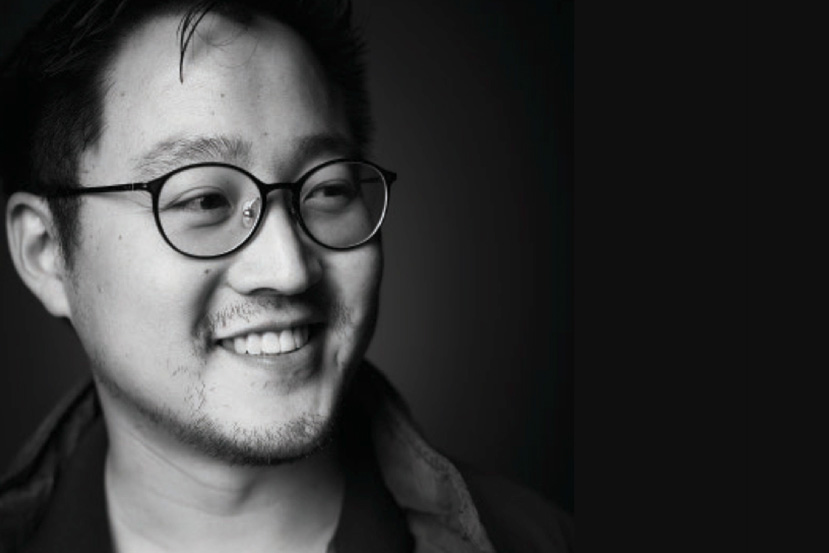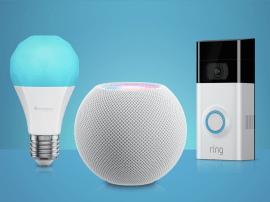Stuff meets Gimmy Chu: Nanoleaf’s co-founder on early beginnings, talking to Apple and the future of the smart home
Smart home company Nanoleaf is a decade years old. We met up with its co-founder and CEO

Smart home company Nanoleaf is a decade years old. We met up with its co-founder and CEO Gimmy Chu to talk about the history of the company, how it developed, as well as look forward to see what the future holds for the smart home.
Nanoleaf was started by three of us but we were originally a group of students in Toronto that built a car fully powered by solar. And it finished races, which means it was a good car. It developed our passion for sustainable technology. You learn a lot of concepts in school, but you never really get the chance to apply it. So after we graduated, we got back together thinking hey, we built this amazing solar car. Now we’re doing jobs that have nothing to do with sustainability or solar technology or even building products. We were bored at our jobs. Our first product was actually a solar product, but we didn’t know how to ship lithium-ion. So we decided to make a really energy-efficient light bulb, something that could give you enough light to light up your house. We realised that we had developed the world’s most energy-efficient light bulb. Let’s put that on Kickstarter and see how that goes. And this was back in 2013.
We raised $273,000. And for us at the time, that was that was incredible. It was just like, hey, what can we do next?
And then in 2014, we got really lucky and we were introduced to some investors. So if you recall back then, VCs (venture capitalists) were just throwing tonnes of money at different startups. But we grew up in Toronto, we weren’t surrounded by all the hype of Silicon Valley. And, you know, we literally had one day before we were introduced to these investors where we had to give a presentation. At that time, we were very naive. And we didn’t know too much about what it meant to really run a business. I realised after that the VCs were actually investing in the team. We had a very balanced team of people.
At that time, the cost of LED lighting was a race to the bottom.
So we started going into connected lighting. But even with connected lighting, we were thinking about the light bulb – why does it have to be in the form of a light bulb? Light bulbs haven’t really changed for 100 years; they were modelled after a candle.
We made [our product] so that people could have it as big or as small as they want [by using a modular system].
That was a big breakthrough because nobody at the time had ever thought about creating thin flat panels of light. And we did the triangular shape because it just looked prettier than a square. We launched that with the Museum of Modern Art in New York. They found out about us; I think somebody sent them a picture or something like that. And they were like, wow, this is beautiful. From there, we launched into Best Buy in North America.
We were actually one of the first to create Apple HomeKit lighting.
So when Apple announced HomeKit we [wanted to] see how we could partner with them. And we were pushing really hard to be first to market but Philips beat us by two months. We were a small startup with no rep like name recognition or anything like that. I sent an email to Tim Cook. And two days later, he actually responded to me. And I kept that email. It was just a quick one-liner and eventually [it] got to the level of someone that would talk to me. And we scheduled the meeting two weeks later at CES. And he shared with us how we could actually start working with HomeKit. That was what got us started working with Apple. Google is also a very important partner and nowadays Amazon Alexa is also a really important partner. But at the time [Apple] were at the forefront of smart home technology. I remember going to Cupertino and showing [Nanoleaf panels] to the head buyer for third party products. We turned off all the lights in the meeting room and then turned on our panels and and he just said ‘I’ve never seen anything like this before’.
It feels like a game to like, you know, speak to Siri or Google to like, have your blinds come down and have all the automation programmed.
That right now is still in that stage of early adoption. I think in the next five to 10 years, that’s going to change to mass adoption where the non-nerds will embrace it. It’s starting to happen. Technology adoption typically takes a little bit longer than people expect. I think VR is a good example of that.
[Smart home control] with your phone is actually a pain in the ass.
You unlock your phone, find your app, the app has to load and then you’ve got to find the power button. If you think about user experience design, the light switch is actually one of the best-designed products. It’s on the entranceway of every room. It’s either on the left side or the right side. You flick up and it turns on, flick down and turns off. It’s intuitive. It’s ingrained in everyone’s knowledge. That’s great UX. And so as a product company, the challenge becomes how do we get past those drawbacks and make it just a complete positive where there are no drawbacks from the existing technology.
[It needs to] work with all voice assistants and platforms. And it’s about going beyond just control with your phone, into true intelligence and automation – where you don’t even have to flick on your lights when you walk into your room. You don’t even have to talk to your voice assistant. And of course, scheduling is ingrained in there as well. And that’s really what everyone’s working towards.



